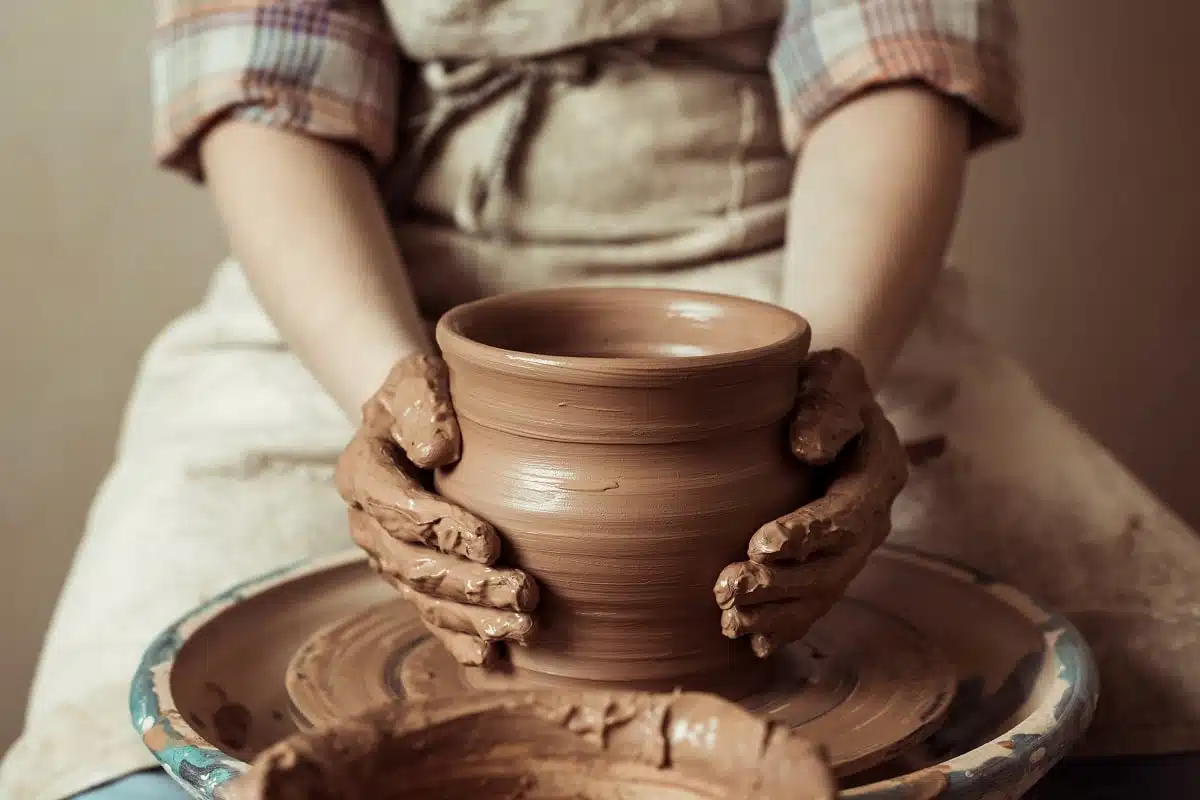Pottery and ceramics are not just art forms; they are gateways to understanding different cultures and their unique expressions. This guide takes you on a journey to some of the world’s most renowned pottery and ceramics workshops, where you can immerse yourself in the craft and learn from the masters.
Koh Samui, Thailand
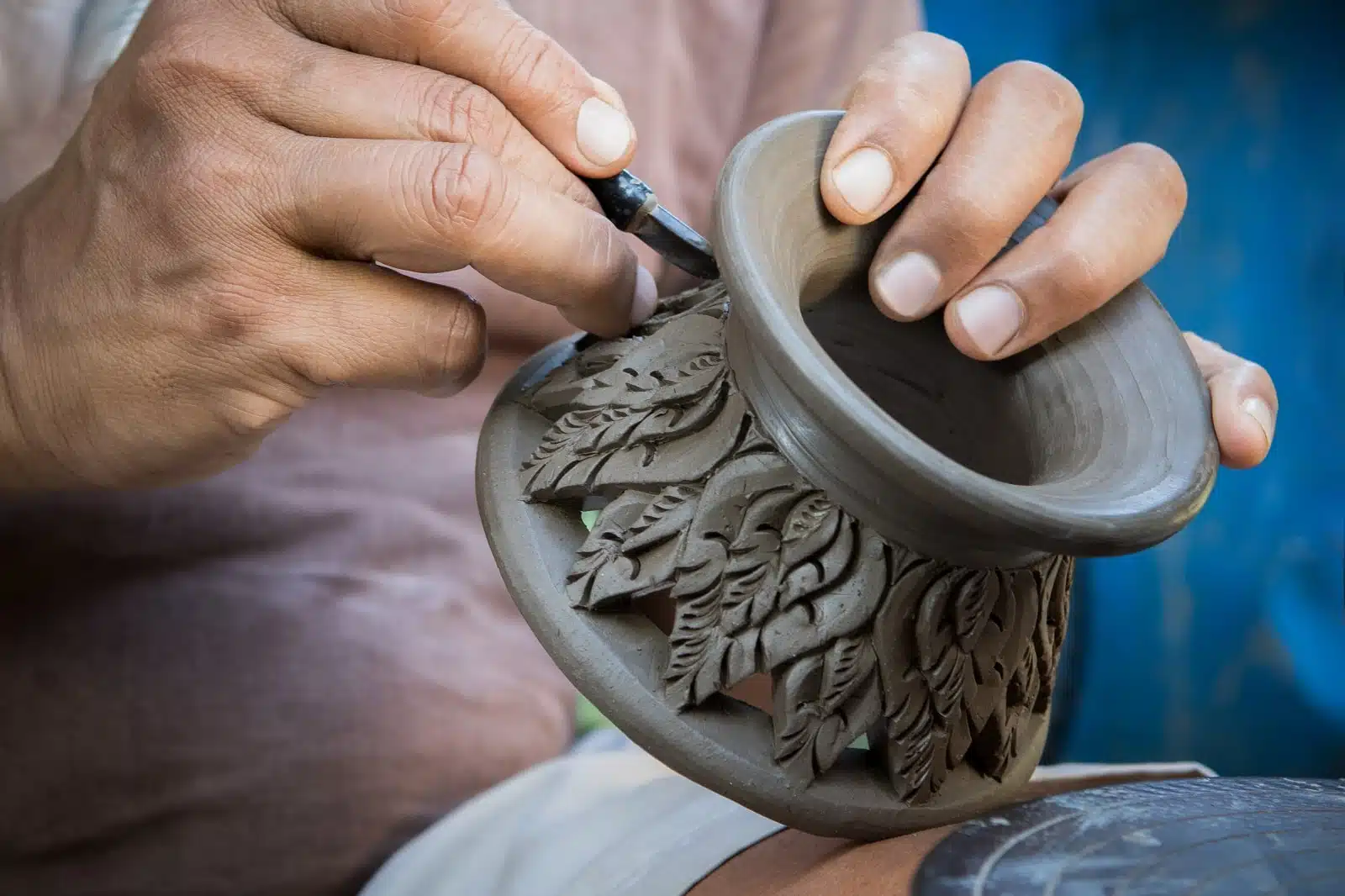
Image Credit: Shutterstock / stockphoto mania
The Magic House in Koh Samui offers a serene setting for learning pottery. Here, you’ll experience a creative approach to ceramics, focusing on traditional techniques and designs. The workshop is suitable for beginners and intermediates, providing a hands-on experience with skilled artisans guiding you through shaping, glazing, and firing your creations.
Insider’s Tip
Book in advance, as classes are small and personalized, offering a more intimate learning experience. Browse the extraordinary collection of crystals and art when you take a break.
How To Get There
Fly into Samui Airport and take a taxi or a local songthaew to The Magic House.
Mashiko, Japan
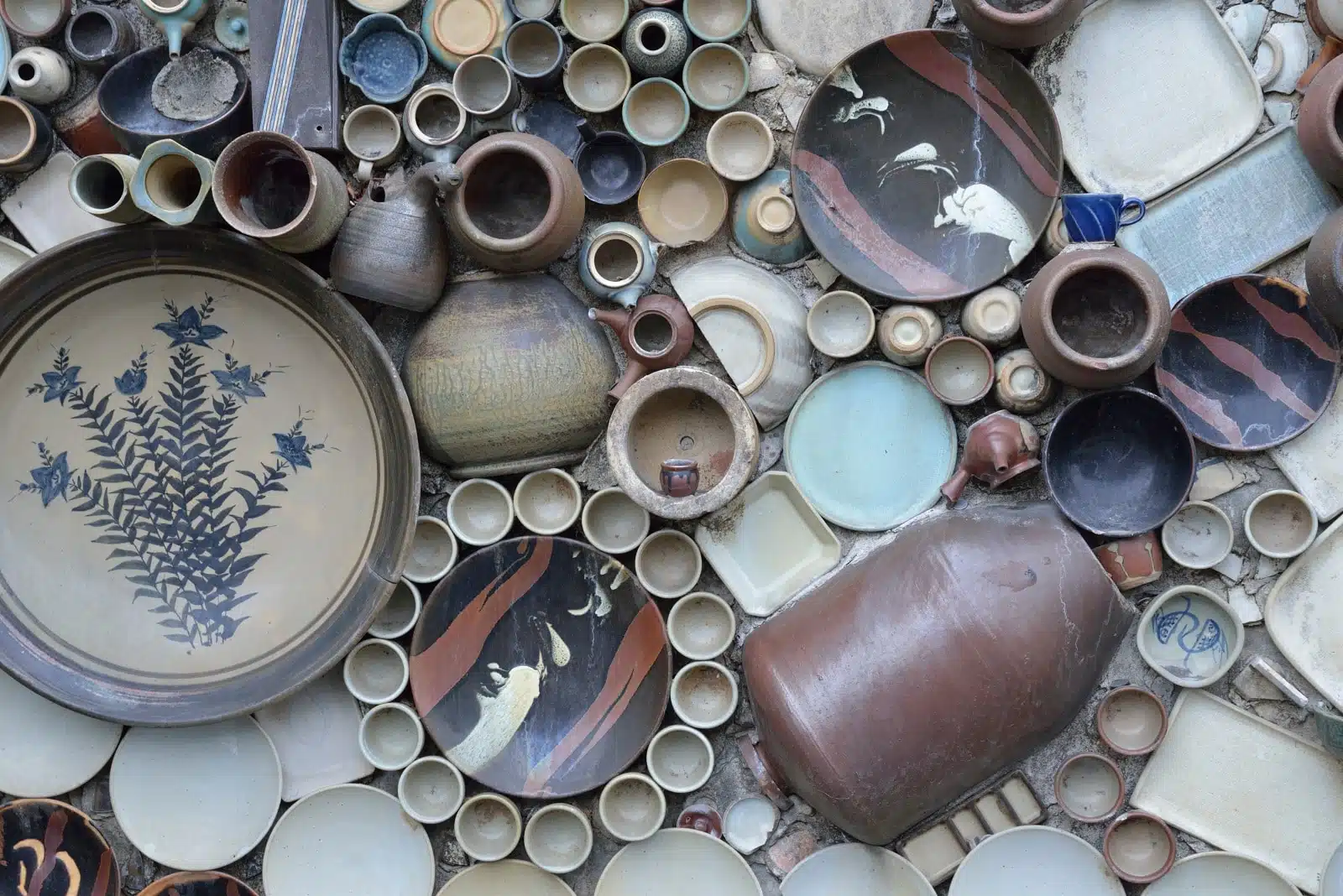
Image Credit: Shutterstock / ichizen
Mashiko is famous for its rustic and charming pottery. Workshops here teach the Mashiko-yaki style, known for its earthy and natural aesthetic. You’ll learn about the local clay, wheel throwing, and unique glazing techniques that make Mashiko pottery distinct. It’s an opportunity to delve into a centuries-old tradition and understand Japan’s deep connection with ceramics.
Insider’s Tip
Visit during the Mashiko Pottery Fair in spring or autumn to see the town’s full range of ceramics.
How To Get There
Take a train from Tokyo to Mashiko, which takes about two hours.
Montelupo Fiorentino, Italy
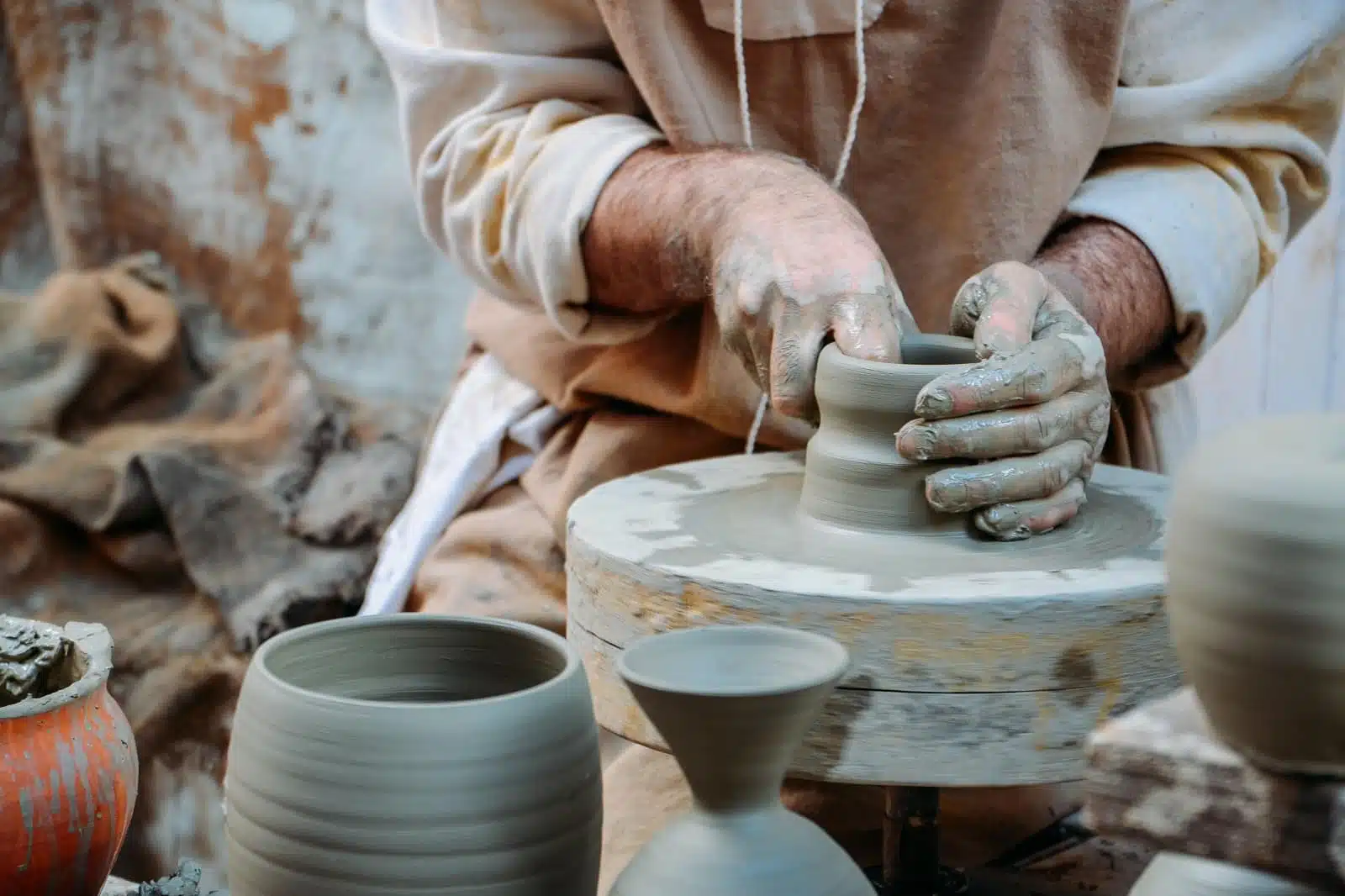
Image Credit: Shutterstock / OlgaMerolla
In the heart of Tuscany, Montelupo Fiorentino is a hub for Italian ceramics. Workshops here focus on traditional Italian styles, particularly majolica – a tin-glazed pottery. You’ll learn about the history of Italian ceramics, techniques of shaping, and the art of applying vibrant, intricate designs reflecting the region’s artistic heritage.
Insider’s Tip
Try to schedule your visit during the annual Ceramics Festival in June for additional insights into local pottery.
How To Get There
Montelupo Fiorentino is easily accessible by train from Florence, taking about 30 minutes.
Stoke-on-Trent, UK
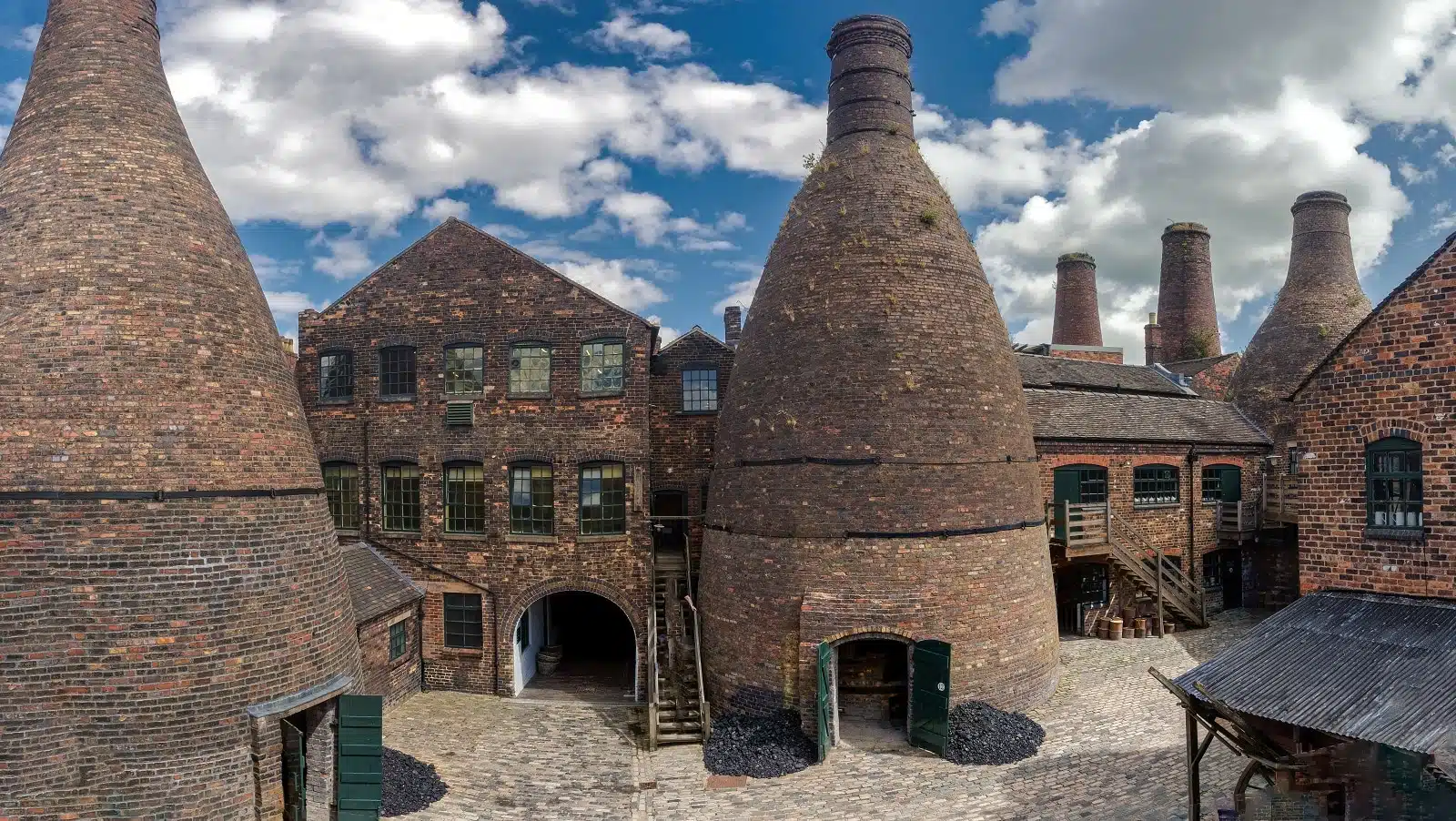
Image Credit: Shutterstock / Gareth L Evans
Known as the World Capital of Ceramics, Stoke-on-Trent has a rich history in pottery. Workshops here offer insights into both traditional and modern British ceramics. You’ll get hands-on experience in various techniques, including bone china making, synonymous with the area. It’s a chance to learn from some of the UK’s most skilled potters.
Insider’s Tip
Visit local museums to see historical pieces and understand the evolution of British ceramics.
How To Get There
Stoke-on-Trent is accessible by train from major UK cities like London and Manchester.
Jingdezhen, China
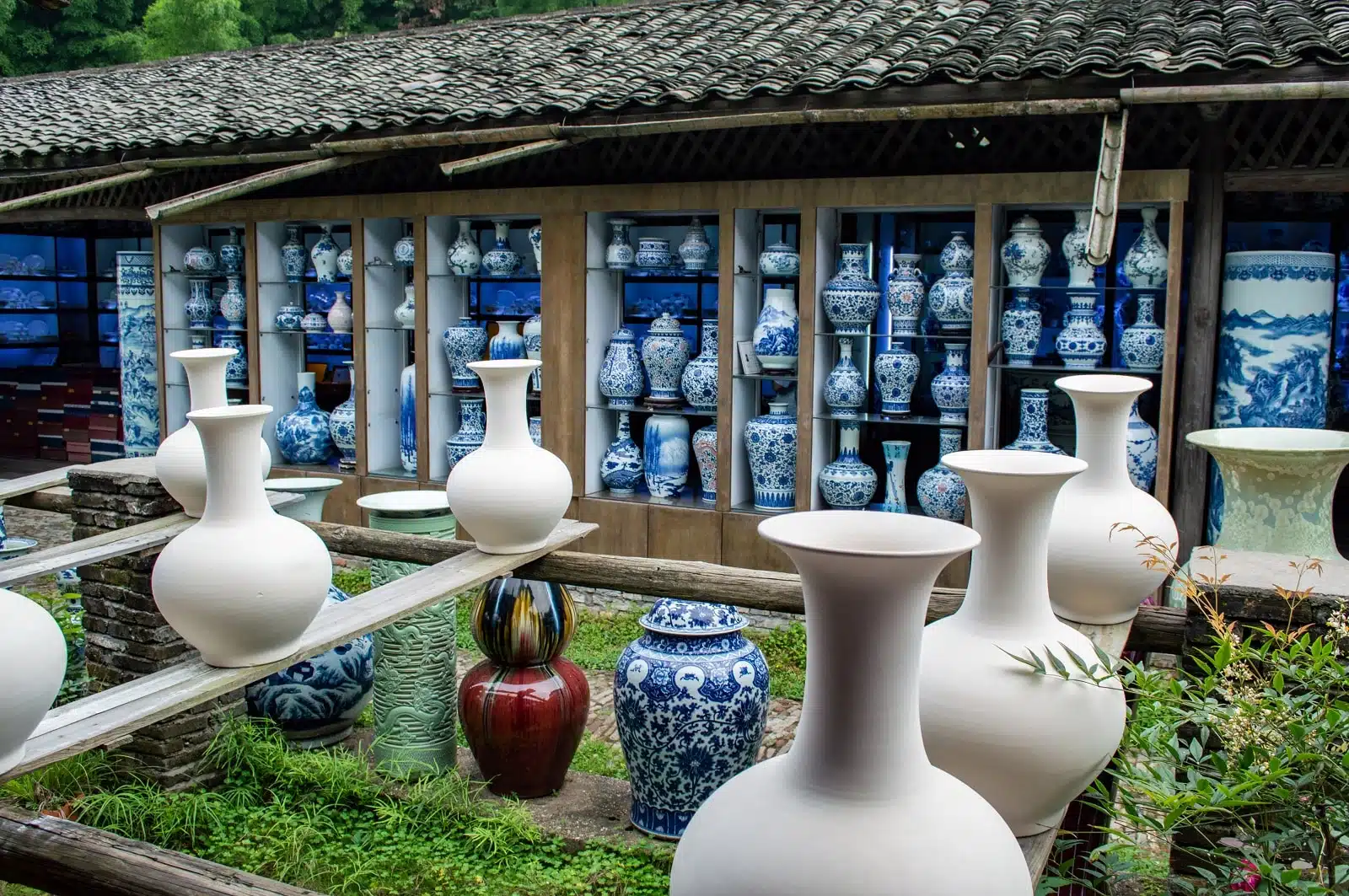
Image Credit: Shutterstock / Mirko Kuzmanovic
Jingdezhen is often referred to as the “Porcelain Capital” of China. Workshops here immerse you in the ancient art of Chinese porcelain, known for its delicate and refined qualities. You’ll explore traditional Chinese pottery techniques, including hand-painting and glazing, and understand the cultural significance of porcelain in Chinese history.
Insider’s Tip
Plan your visit to coincide with the Jingdezhen International Ceramic Fair in October for extra inspiration.
How To Get There
Jingdezhen is reachable by flight from major Chinese cities or by long-distance bus.
Seagrove, North Carolina, USA
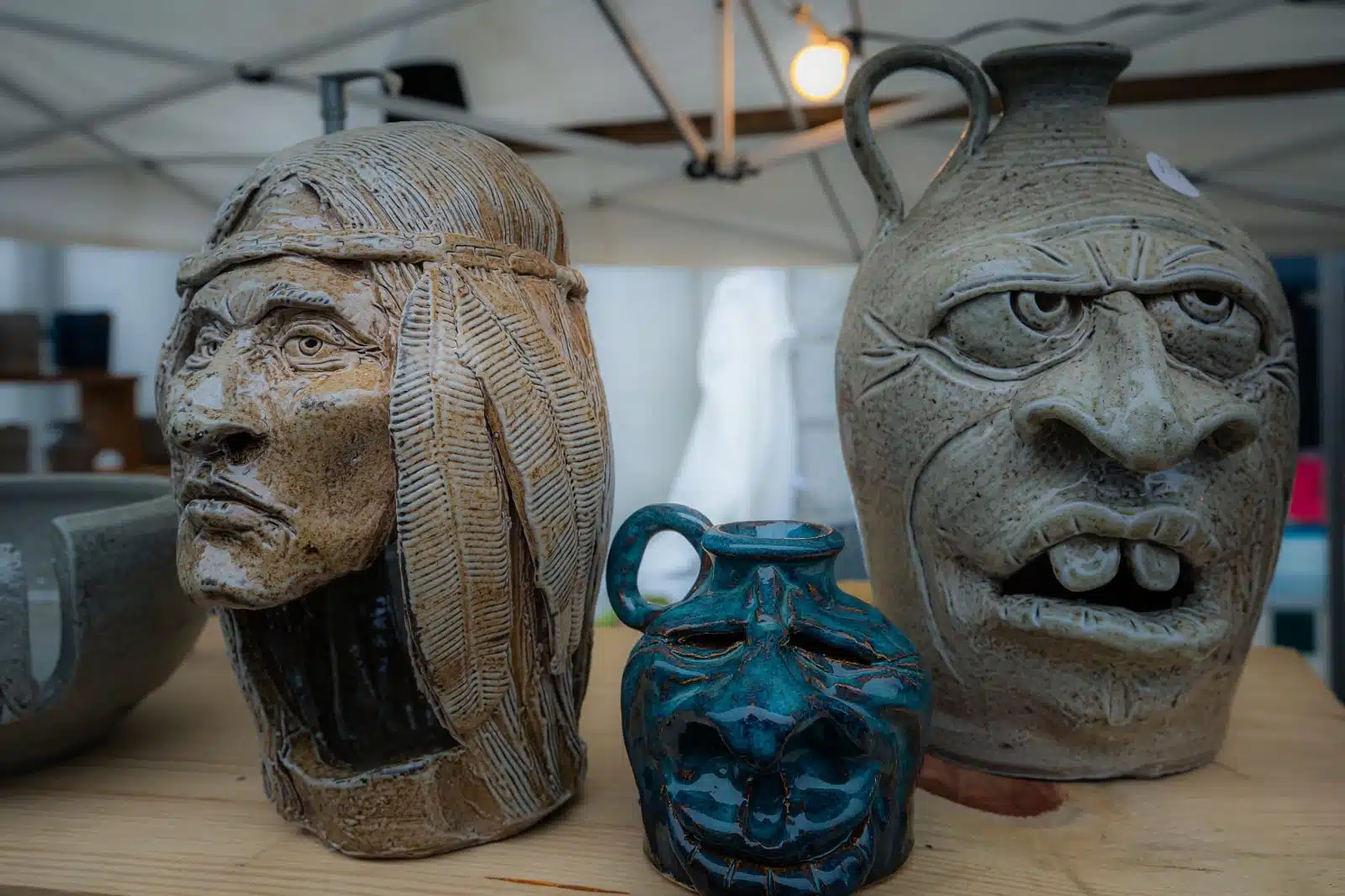
Image Credit: Shutterstock / Johnnie Laws
Seagrove, known as the pottery capital of the USA, offers a deep dive into American ceramics. The workshops here focus on various styles, from traditional Native American techniques to contemporary designs. You’ll get hands-on experience with local clay and learn about wheel throwing, glazing, and firing processes, all under the guidance of experienced local artisans.
Insider’s Tip
Visit during the celebrated “Pottery Festival” in November for a comprehensive experience.
How To Get There
Seagrove is best reached by car, about an hour’s drive from Raleigh-Durham International Airport.
Vallauris, France
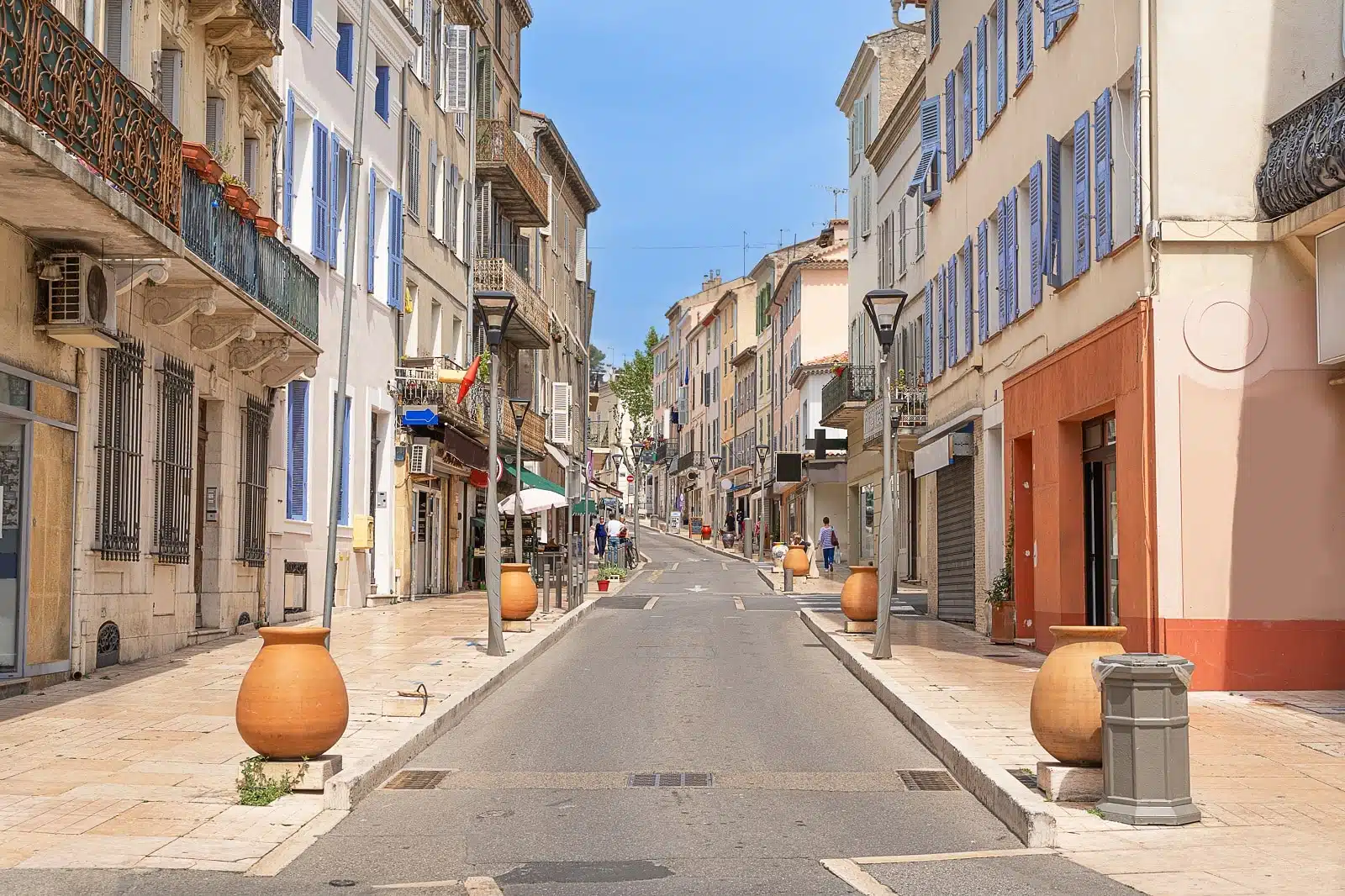
Image Credit: Shutterstock / Gordon Bell
Vallauris, a town in the heart of the French Riviera, is renowned for its pottery and ceramics, particularly post-war art ceramics. Workshops here offer an exploration of Mediterranean styles, focusing on functional and decorative pieces. You’ll learn traditional French techniques, including hand-building and unique glazing methods, surrounded by the inspiring landscape of the Côte d’Azur.
Insider’s Tip
Explore the Picasso Museum to see the artist’s work in ceramics and gain additional inspiration.
How To Get There
Vallauris is easily accessible from Nice by train or bus, approximately a 30-minute journey.
Icheon, South Korea
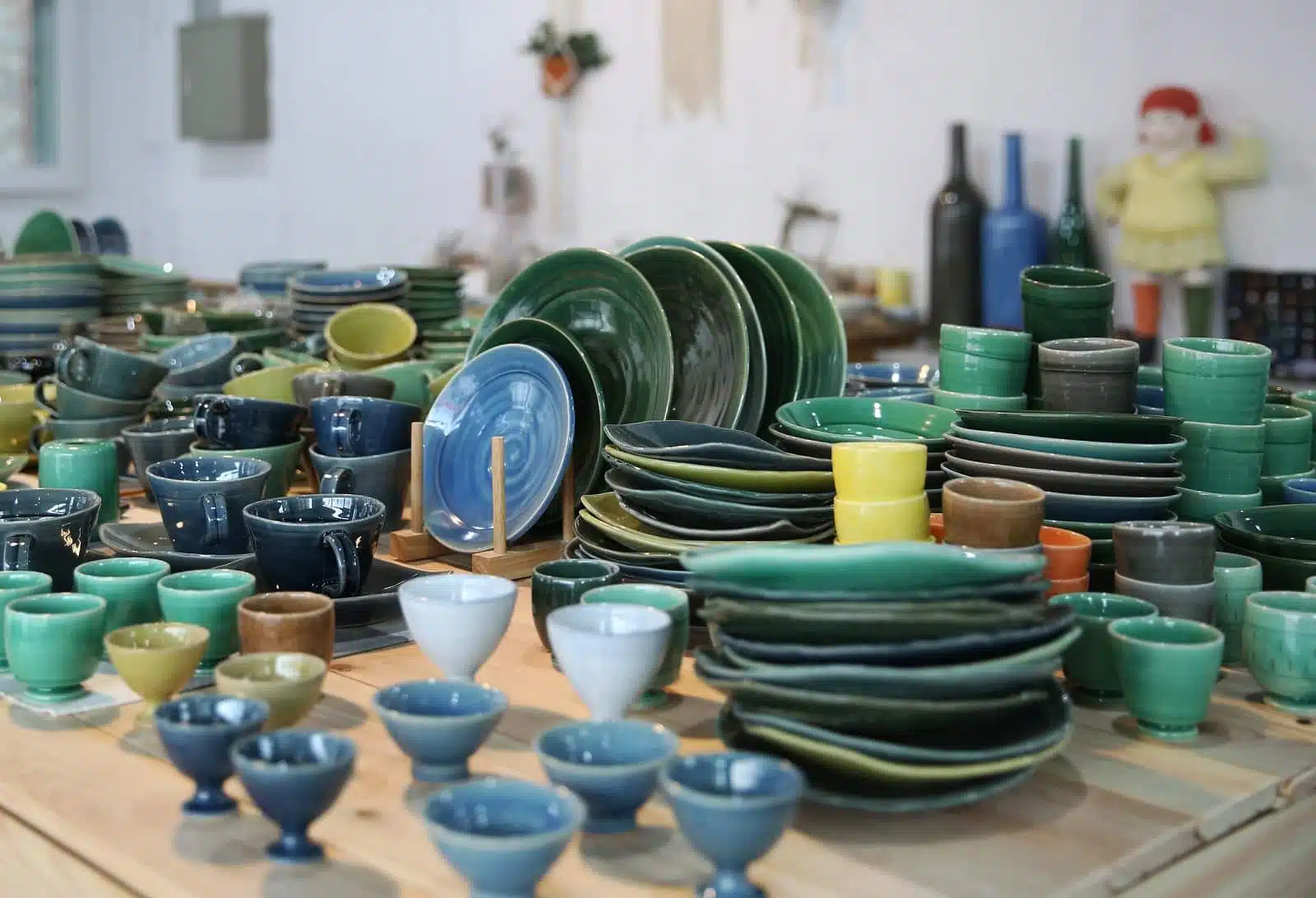
Image Credit: Shutterstock / Stock for you
Icheon is a UNESCO City of Crafts and Folk Art famous for its high-quality ceramics. The workshops here immerse you in the world of Korean pottery, known for its elegant forms and celadon glaze. You’ll learn from master potters about traditional Korean wheel techniques and the distinctive celadon glazing that gives Korean pottery its unique character.
Insider’s Tip
Time your visit to coincide with the Icheon Ceramic Festival in spring for additional workshops and exhibitions.
How To Get There
Icheon is about an hour’s drive from Seoul, with public transport options also available.
Delft, Netherlands

Image Credit: Shutterstock / Emily Marie Wilson
Delft is synonymous with the iconic blue and white Delftware. The workshops in this quaint Dutch town focus on this traditional pottery style, teaching you the art of painting and glazing in the distinctive Delft blue. You’ll delve into the history of Delftware, learning how these beautiful pieces have been crafted since the 17th century.
Insider’s Tip
Visit the Royal Delft Factory to see the production of Delftware and its history.
How To Get There
Delft is easily accessible by train from major Dutch cities like Amsterdam and Rotterdam.
Acoma Pueblo, New Mexico, USA
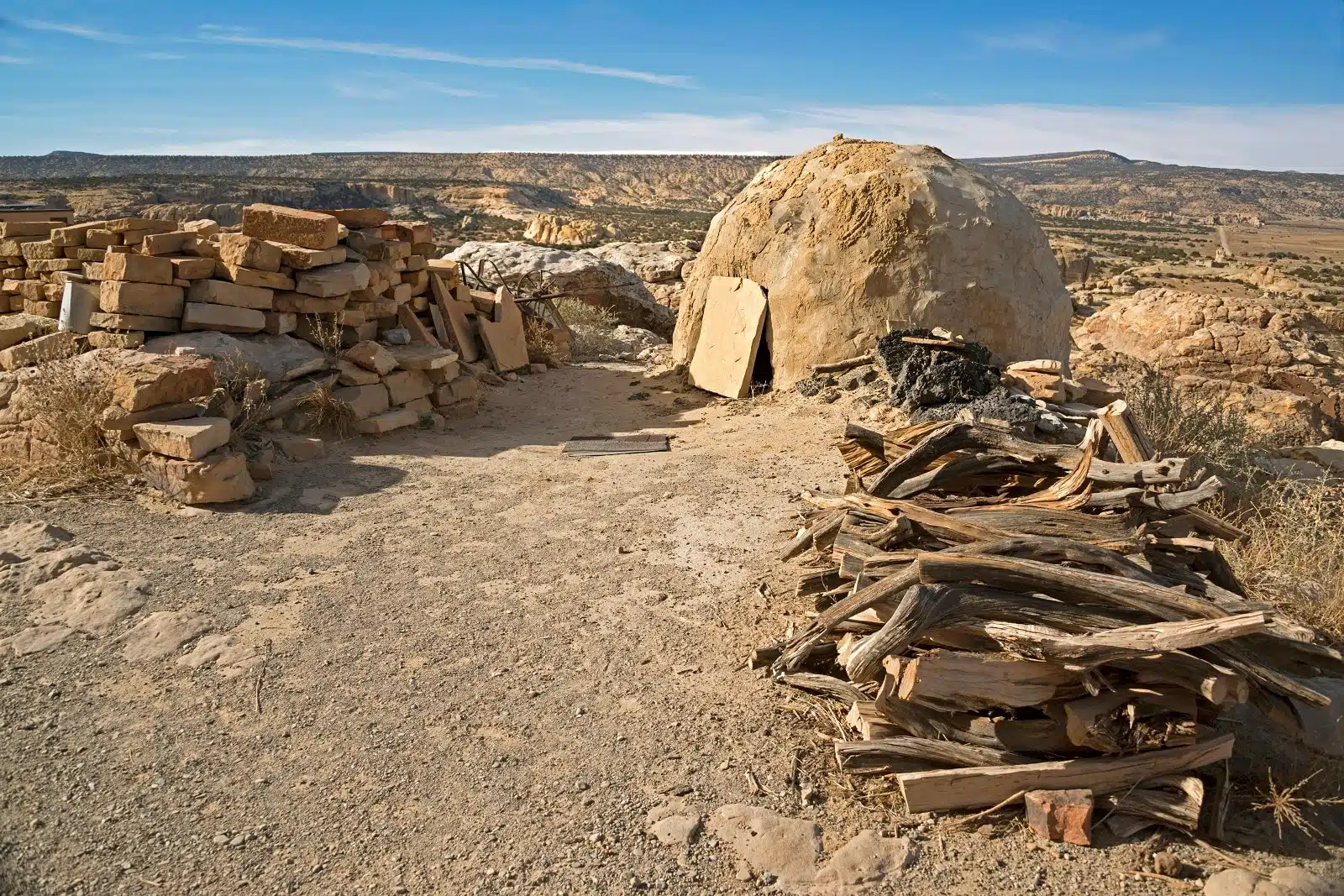
Image Credit: Shutterstock / Georgia Evans
Acoma Pueblo offers a unique opportunity to learn about Native American pottery. Known for its thin-walled, hand-coiled pots, the workshops teach traditional Pueblo pottery techniques. You’ll learn about the significance of pottery in Native American culture, using natural clay and traditional firing methods, all within a historic and culturally rich environment.
Insider’s Tip
Respect the cultural significance of the location; it’s not just a workshop but a heritage site.
How To Get There
Acoma Pueblo is about an hour’s drive from Albuquerque, New Mexico.
The Bottom Line
Engaging in pottery and ceramics workshops worldwide is not just about crafting with clay; it’s an exploration of cultural identity and artistic heritage. Each workshop offers a unique glimpse into the world’s diverse ceramic traditions, from the blue and white Delftware of the Netherlands to the traditional Pueblo pottery of Acoma. Embrace these experiences as opportunities to connect with global cultures, learn new skills, and create something truly unique.
Featured Image Credit: Shutterstock / LightField Studios.
Tips for Trip Success
Book Your Flight
Find an inexpensive flight by using Kayak, a favorite of ours because it regularly returns less expensive flight options from a variety of airlines.
Book Your Hotel or Special Accommodation
We are big fans of Booking.com. We like their review system and photos. If we want to see more reviews and additional booking options, we go to Expedia.
You Need Travel Insurance!
Good travel insurance means having total peace of mind. Travel insurance protects you when your medical insurance often will not and better than what you get from your credit card. It will provide comprehensive coverage should you need medical treatment or return to the United States, compensation for trip interruption, baggage loss, and other situations.Find the Perfect Insurance Plan for Your Trip
